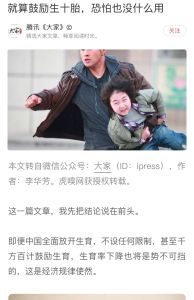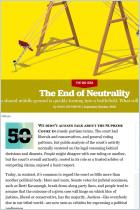
Read or listen offline
Amazon KindleRecommendation
China’s one-child policy – which was in place for almost half a century – violated Chinese citizens’ human rights, argues Li Huafang, reporting for tech media platform Huxiu.com. But, he adds, even in terms of their utilitarian and economic value, they were simply bad policies. As a result, China is heading toward a quagmire of its own making. Today, China has an aging population, a gender imbalance and a declining birth rate. To combat these issues, China has done an about-face and now encourages people to have children – with less than impressive results. Li discusses why young couples are hesitant to have babies and suggests alternative solutions to the challenges China’s demographics present.
Summary
About the Author
Li Huafang is a columnist, book reviewer, and researcher at the SIFL Institute.
















Comment on this summary